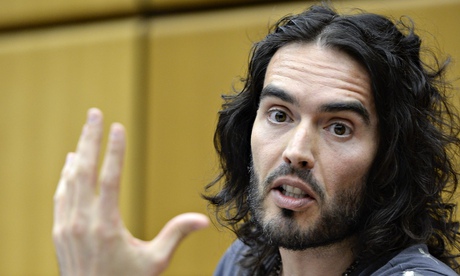
An article with an arresting headline appeared in the most-viewed box on our website at the end of last week: “Israeli officer: I was right to shoot 13-year-old girl.” But the article was not a report about the current situation in Gaza: it was nearly 10 years old, having been published in November 2004.
“How has this article appeared in the current most-read list?” a reader asked. “Did the Guardian make this article available again? Is it appropriate to have this article in such a list when most people will assume that it’s about the current conflict.”
The most-viewed box is an automatically generated snapshot of what is happening on our site: it lists the five pieces that have had the most page views over the past four hours. This article was probably rediscovered by people Googling a related topic. It found its way into the most-viewed box after it began to be shared on Facebook and Twitter. Once it had appeared in the most-viewed list, more traffic was generated and more shares on social media resulted.
We were aware that many of those sharing the article were doing so without an appreciation of its age. Jamie Wilson, our head of international news, said that a discussion ensued about whether we should add a rider to the article’s subheading making clear that it was an old piece. That idea was rejected because it could give the impression that we had deliberately taken the piece from our archive and were actively promoting it.
“We did nothing to push this piece,” he said. “Usually when we see that an old story is attracting a lot of new traffic, we might add links to it from more current pieces and package it with new stories. We did none of those things in this case.”
But we are conscious, he said, that it might not be enough to rely on readers noticing the date stamp on articles. We may need to consider, for example, showing the year an article was published in the most-viewed list, or making the date stamp more prominent.
On a typical day, says our digital audience editor, Chris Moran, more than 10% of page views on our website are for content that is more than a year old: we are not just a newspaper, but also an archive. An article written 18 months ago by a waitress in the US about tipping attracted about 100,000 page views last week. It is what Moran might call a Facebook zombie: it trundles along and then occasionally organic sharing on Facebook leads to a big spike in traffic.
It only takes someone with a big social media following – the Star Trek actor George Takei, for instance, with his 7.3 million Facebook followers – to share a story for it to be propelled towards the most-viewed box. The social network site Reddit is another driver, particularly its Today I Learned category, where users post links to articles which tell them something they didn’t know before.
A 2013 article by Russell Brand, headlined “My life without drugs”, was the most read story on our site for two days more than a year later. The roll began when someone tweeted a link to it after the actor Philip Seymour Hoffman died from a mix of drugs. “When we saw a spike in traffic, and realised the piece’s relevance to the current event, we tweeted it from a Guardian account, making clear it was old content,” says Moran. “Brand then retweeted the column himself and on 4 February, a couple of days after Hoffman’s death, it had more than 600,000 page views, at least 70% generated by links posted on Facebook.”
A similar thing happened in June with a story written for the Observer by Steve Coogan more than three years ago: “I’m a huge fan of Top Gear. But this time I’ve had enough”. It was rediscovered, perhaps by someone looking for news about Jeremy Clarkson’s more recent indiscretions, shared on Facebook and tweeted and retweeted by people who assumed it was a new piece. It was the most-read story on our site for several days, reaching more than a million page views over that time. Does the resurgence of an old story have any effect on the judgment of news editors when they are deciding what to cover? No, our international news editors told me. “We wouldn’t look at a 2011 story such as how to rent the principality of Liechtenstein for $70,000 a night [which rocketed back into the top 20 last week] and think, we ought to do something more on Liechtenstein.”
But seeing what drives traffic to an old story is a useful tool, and one that helps us work out how best to present new stories so they can reach as many people as possible.
- This article was amended on 3 August 2014 to correct a word in the wrong place in the quote from Chris Moran.

